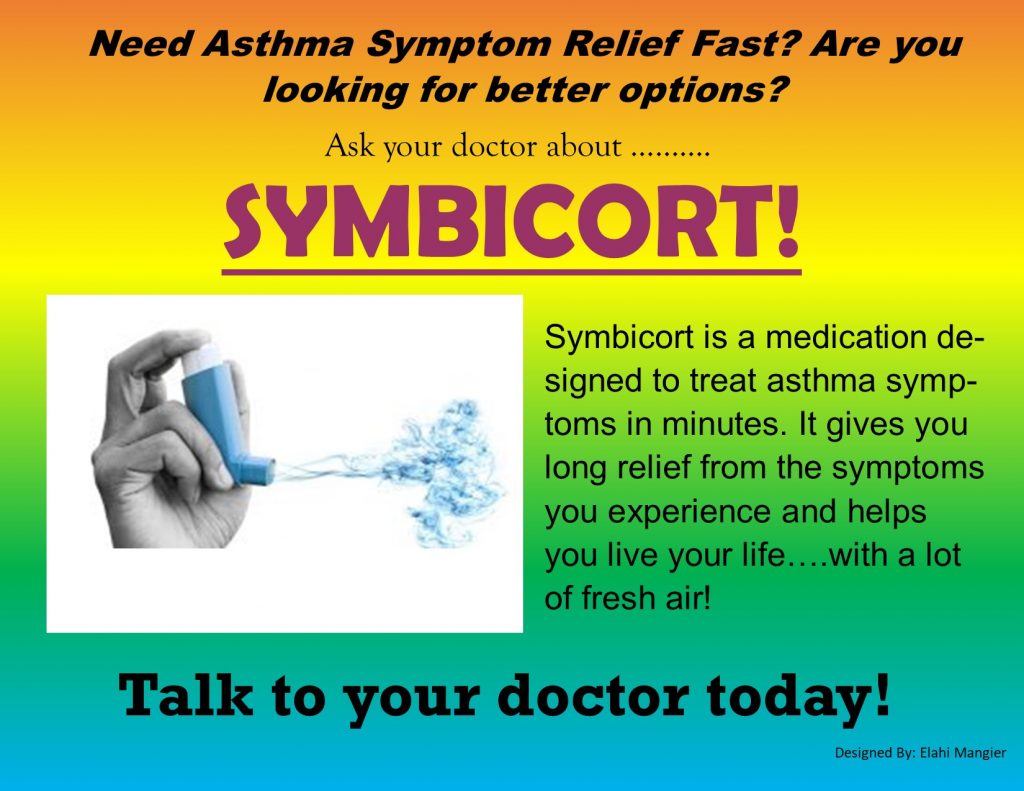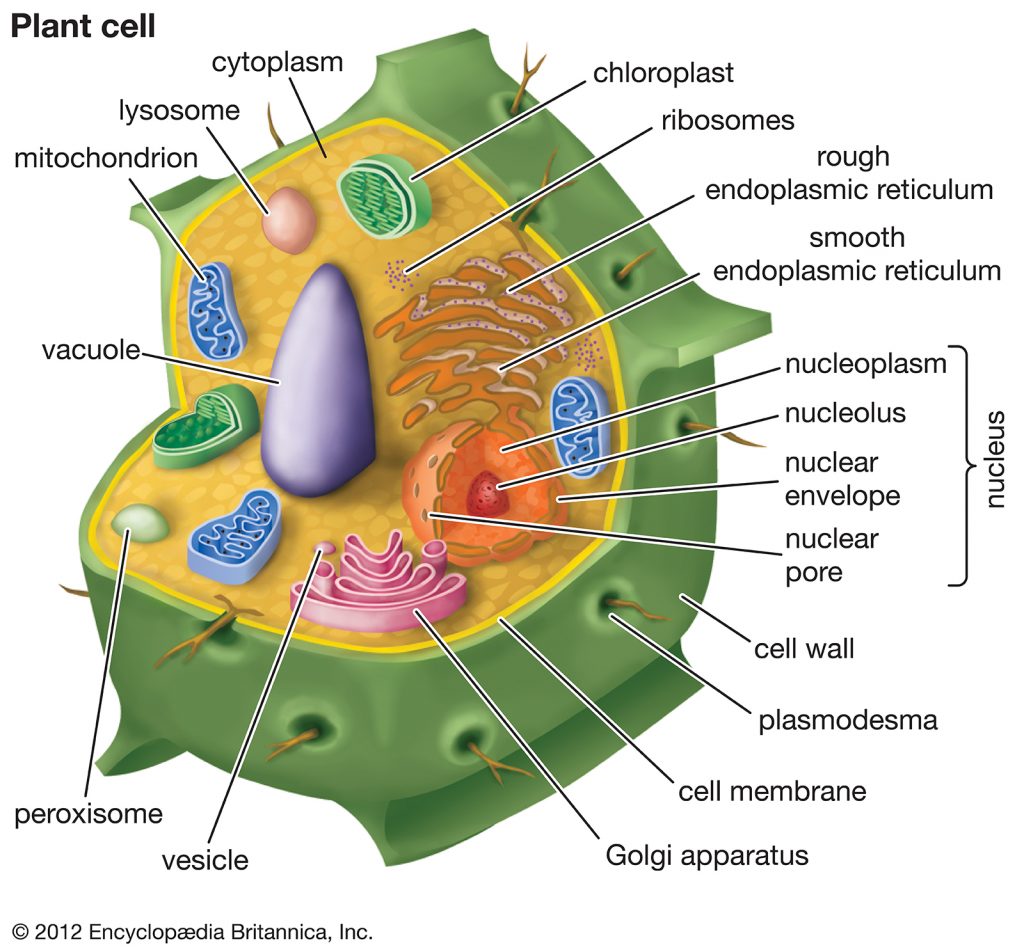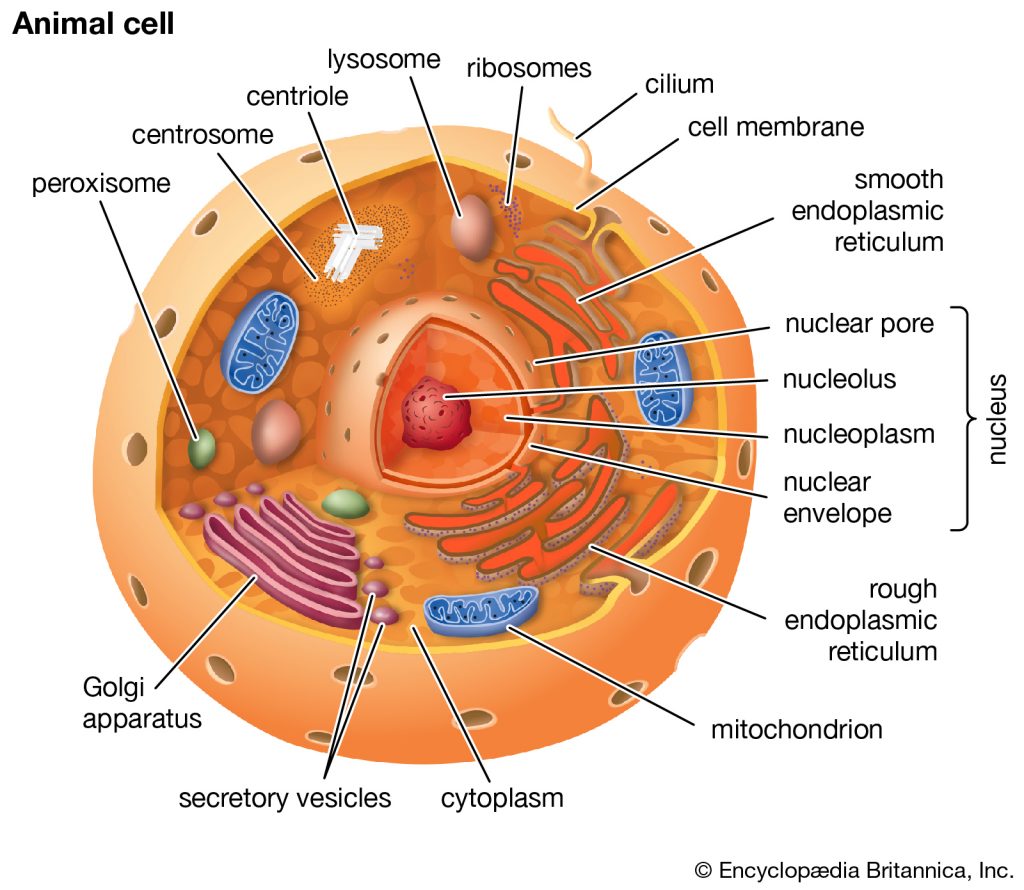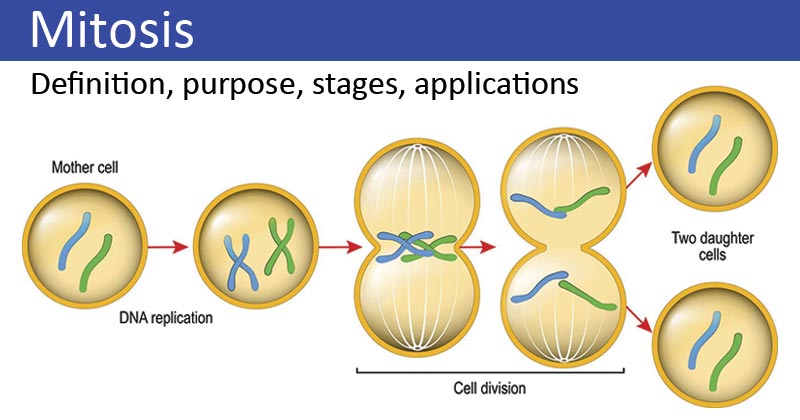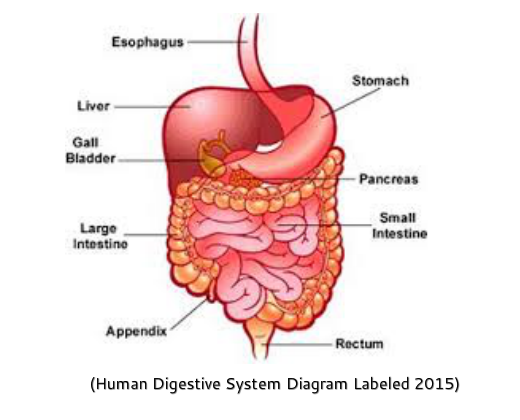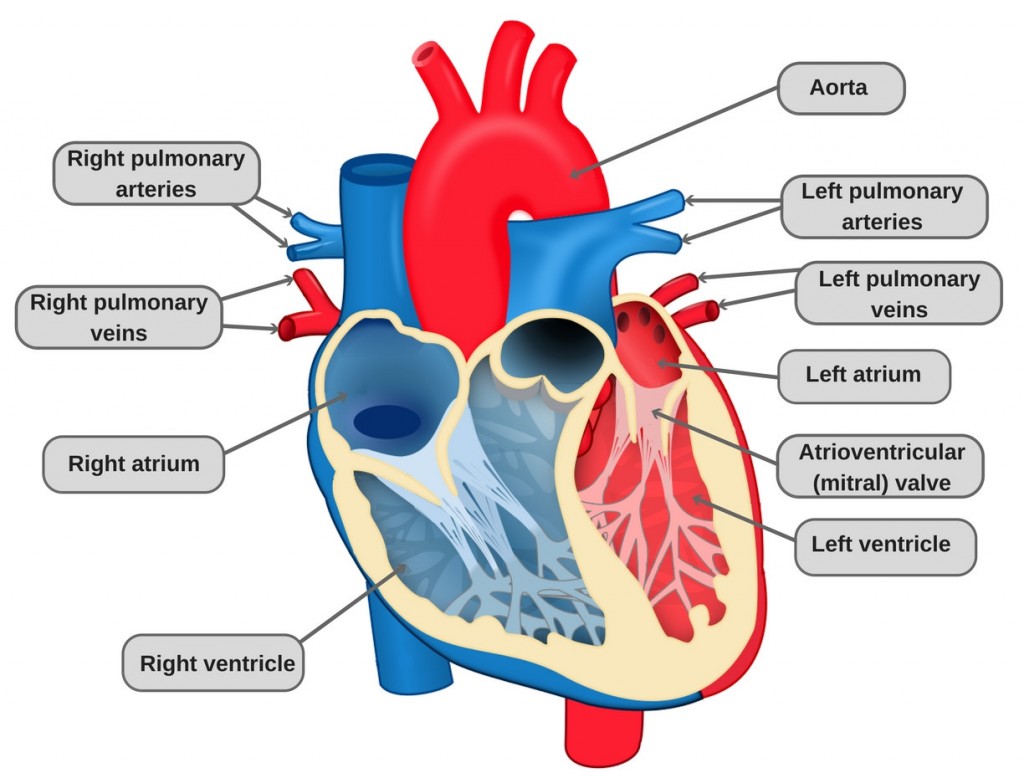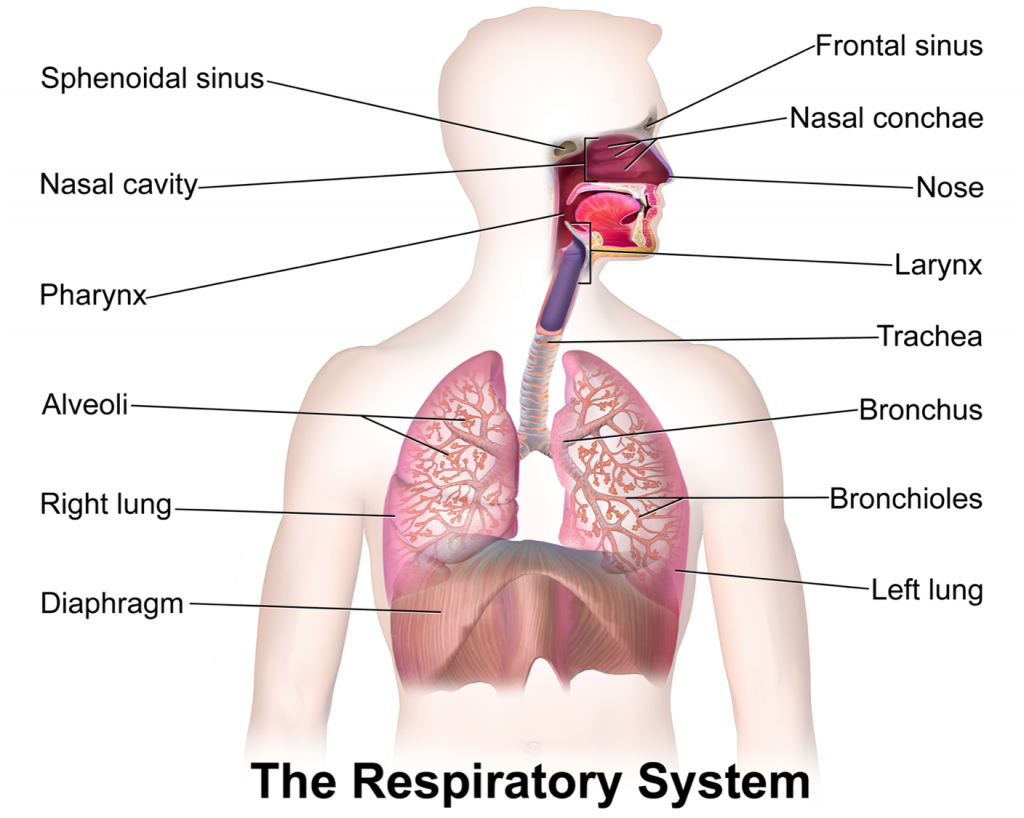Biology
High Schoolers Beware: Biology is Important!
BY: Ellen Mornague
I know that you want to walk out of science and never look back. Well, biology is fun even though there are less experiments.
One thing unique to bio is that you would do one dissection in grade 10. Depending on your school and teacher, you might be dissecting different things, but the most common animal to dissect is a frog. Now, due to the current conditions, some students might not be doing a dissection this year. Whether you are online or in-school, biology does play a significant role in our lives, as the topics discussed contains our own human body and how we conduct life’s processes!
Here are the key things to take away from Biology:
- Cell Theory
The cell theory states 3 things:
- All livings things are made of cells, whether one or many
- The cell is the simplest form of life that can perform life’s processes (reproduction, cellular respiration, etc.)
- All cells come from pre-existing cells, and they do not come from non-living things or from thin air.
There are two type of organism groups: prokaryotic and eukaryotic.
The chart below differentiates between the two cells:
Prokaryotic | Eukaryotic | |
Characteristics of their cells | No nucleus | Has a nucleus |
Quite simple cells, generally small | Complex cells, generally large | |
No real organelles, just a ‘soup’ | Distinctive organelles with unique functions | |
Characteristics of the whole organism | All single-celled and microscopic (bacteria and archaea) | Can be one cell only (like an amoeba) or more than one cell (like plants and animals) |
- Eukaryotic Cell Organelles
Cells have organelles to keep themselves (and you) alive.
Organelles in an animal cell:
- Cell membrane: controls the entrance of nutrients and other materials in and out of the cell, like a long bodyguard for the cell.
- Cytoplasm: a jelly-like substance that support all the organelles and keep them from colliding into each other like bumper cars.
- Nucleus: the headquarters of the entire cell, where the organelles get the workload of the day. As well, the nucleus as chromosomes, which in turn contain a fancy substance called deoxyribonucleic acid (which is more commonly known as DNA because our tongue cells will get all confused every time we say that).
- Mitochondria: the singular form being mitochondrion, this is the energy-making organelle. It gives the cell all the energy it needs, like breakfast in the morning.
- Endoplasmic Reticulum (also known as the ER): the TTC of the cell, it transports all the molecules to their destination and where they need to go.
- Golgi bodies: the garbagemen of the cell, they collect and process all waste of the cell.
- Small vacuoles: this organelle keeps the pressure of the fluids in check by keeping them in a sac-like compartment.
Plants have these organelles, but they also have three more organelles (the poor nucleus, it has to keep track of all this!)
- Cell Wall: the brick of the cell, the cell wall is found on the outside of the membrane and gives the cell more structural support (like the Eiffel Tower!)
- Large vacuole: this organelle takes a huge chink of space because the cell cannot rely on regular sources of water. It stores the water just in case it cannot get to it for days or weeks at a time.
- Chloroplasts: it absorbs the energy from light and uses it for photosynthesis, or for creating food. The chlorophyll in the chloroplasts make the cell green.
- The Cell Cycle
There are six stages of a cell’s life:
- Interphase
- Mitosis (which includes prophase, metaphase, anaphase, and telophase)
- Cytokinesis
- Interphase
This is the longest phase for the cell, as this is where the cell keeps growing. All the normal life activities (like removing waste, growth, etc.) happen in this stage. The DNA in the nucleus is in long and thin strands, which you cannot see under a microscope, and they replicate themselves to prepare for mitosis. The cell goes through diffusion and osmosis here. Diffusion is the movement of particles (usually nutrients) from a HIGH concentration to a low concertation. Osmosis is the movement of water across the membrane of a cell to the more concentrated side of a solution
- Prophase
The first stage of mitosis (which is the second stage of cell life), DNA strands condense (Which you can now see on a microscope) and they look like chromosomes. Each chromosome has two parts (like identical twin siblings) called chromatids, held together by a centromere, which is like glue. In this stage, the nucleus dissolves, and all the content falls into the cytoplasm. (THINK: Pro for Before)
- Metaphase
In this stage, all the chromosomes line up in the middle of the cell. (THINK: Meta for Middle)
- Anaphase
The centromere breaks away and the chromatids, not having their glue anymore, separate. They split because of spindle fibres, which are specialised structures made for this.
- Telophase
The chromosomes stretch out again, becoming invisible under the microscope. A new nucleus forms, and in this phase is looks like one cell has two nuclei (although they are about to split) (THINK: telo for end)
- Cytokinesis
The entire cytoplasm divides in two, producing two identical cells called daughter cells. Then the entire cycle happens again.
See Figure 3
- Cancer: When Cells Split Too Fast
The division of a cell is normal, but dividing cells too quickly results in a condition known as cancer. It is important to know that cancer is not contagious, but it can spread to vulnerable places such as your heart, lungs, and colon.
A tumour is a mass of cells that divide too quickly and have no use or function. A benign tumour is not a cancer tumour but can cause issues due to the tumour compressing an organ or some tissues. A malignant tumour is a tumour that is cancerous and can destroy the function of tissues surrounding the tumour. A malignant tumour is a killing machine.
- Specialised Cells & The Hierarchy
A specialised cell is a cell that does one job exceptionally well. It helps to think of a multicellular organism (like humans) as a bustling New York City. There are jobs to be done and places to go. If everyone does their part, the city runs smoothly, and nothing can go wrong. In the same way, if all cells do their part in the organism, the organism will thrive. Some specialised cells include red blood cells, skin cells, and nerve cells.
But there is a hierarchy in the organism world. Everything depends on another.
Here’s how it would go:
The Cellular Level (for example, a heart muscle cell) ->The Tissue Level (for example, the heart muscle tissue) -> The Organ level (for example, the heart) -> The System Level (for example, the circulatory system) -> The Organism Level (for example, the human body)
Stem cells are important cells when it comes to cell specialisation. Stem cells can change into many types of cells, depending on the DNA it has. There are two stem cells: embryonic stem cells and tissue stem cells, but that is a whole different topic for another time.
- The Systems
There are a few systems you learn about in grade ten, but I’ll only talk about the digestive, circulatory and respiratory system.
- The Digestive System
See Figure 4
The digestive system is made up of seven parts:
The Mouth: It breaks down the food by using the teeth to grind it down, and the enzymes found in the mouth to break the molecules apart.
The Esophagus: The tube connecting the mouth to the stomach. It contracts and relaxes to let food down slowly.
The Stomach: Holds the food for a while and mixes it with the digestive enzymes and acids found in the stomach lining.
The Intestines: Also contracts and relaxes, and the lining has mucus cells. The smaller intestine digests the food from the stomach. The large intestine absorbs the water from the food and processes the rest of the waste out the body.
The liver, pancreas and gall bladder are accessory organs, and they make enzymes and other fluids that help the digestion process.
- The Circulatory System
See Figure 5
The circulatory system has eight parts to it, and all of them work together to keep you alive.
Red Blood Cells: They transport oxygen and make up 45% of your blood
White Blood Cells: They find and fight any foreign invaders such as bacteria, viruses, and infections. They make up less than 1% of your blood.
Platelets: They help with blood clotting and make up less than 1% of your blood.
Plasma: The liquid that carries your red blood cells, white blood cells and platelets. They make up 55% of your blood.
Heart: The hardest working muscle in your body, it is made of cardiac tissue and pumps in synchronized beats to keep your blood flowing.
Arteries: Carries the blood away from your heart. They usually carry blood with a lot of oxygen to cells for cellular respiration. (THINK: A for Away)
Veins: Carries the blood to the heart. They usually carry blood with less oxygen and carbon dioxide.
Capillaries: very thin vessels that allow gases and nutrients to diffuse in and out.
- The Respiratory System
See Figure 6
The respiratory system works with your circulatory system to keep you alive. Air goes into your nose and mouth and down your throat. It then goes down to your windpipe (scientifically known as a trachea). The trachea splits into two parts known as bronchi, which is further split into alveoli. In the alveoli, the diffusion of the oxygen happens. The emission of carbon dioxide goes the opposite way: it goes from the cells to the capillaries in the alveoli to the bronchi, and then t the trachea. From the trachea, the carbon dioxide goes to your throat, where it is released from your mouth to the air around you.
And voila! This is Biology in a nutshell! Of course, you would know more about it than me, because you have been going to your classes (hopefully). We didn’t have time to cover it all. Do yourself a favour: listen to the lectures. As boring as they might be, they give insight to just how amazing nature is.
References: Notes from Class – Mrs. Rego
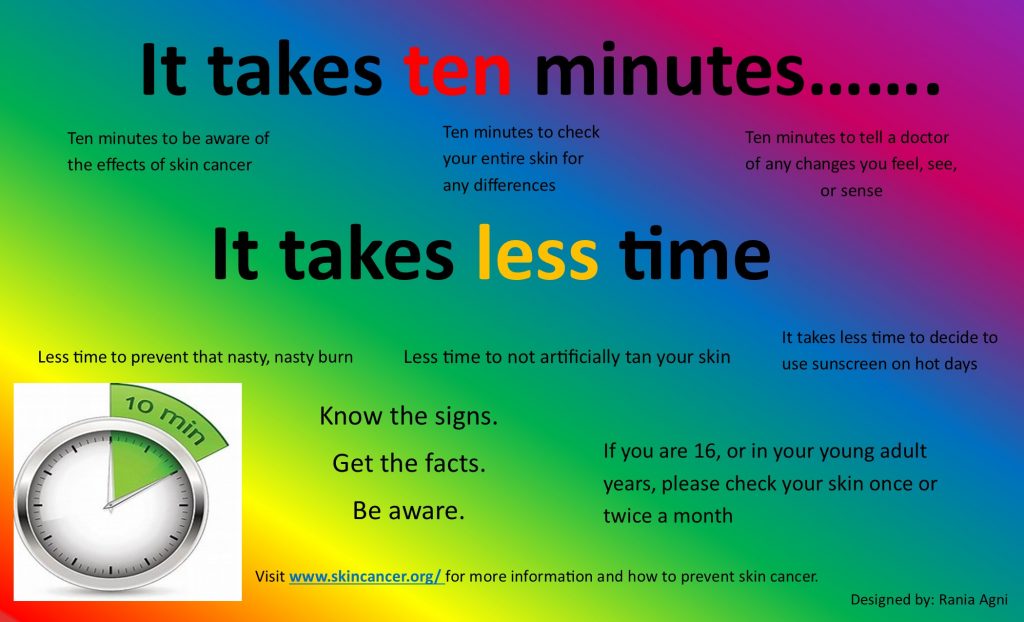
Asthma: The Life-Long Suffrage
BY: AJ Jones
Now, I don’t know about you . But I have heard the word asthma for all my life, and I have no idea what it means. I know that it is a concern for the respiratory system, but that’s about it.
Which is why I decided to go on a mission: Mission Asthma.
(Obviously, I didn’t actually go on a mission, but…. well, you know what I mean.)
Here are my findings so far (know that my findings are still ongoing!):
What it is: Asthma is a disease of the lungs. It is a long-term disease for the respiratory system, which means that it affects you for life.
How does it work: In the lungs, there are glands surrounding it to control the mucous going into the lungs. There is usually no problem relating to the glands, but they are hypersensitive (or more sensitive than usual) if you have asthma. This sensitivity also causes inflammation, but we will get to that later.
When something triggers or activates the asthma reaction, the lungs tighten. Once the tightening happens, the lungs can fill up with mucus, leaving little space for air to get through, which is why it is hard for people with asthma to breathe. The tightening of the lungs when the reaction is activated or triggered is called or known as an asthma attack.
Sadly, there is no cure for asthma currently, but it is manageable with treatment options.
Treatment Options: There are medicinal options to treat asthma. It depends on factors such as how old you are, any other conditions you have, how bad your symptoms are, and more. There are 2 types of medications: long-term and quick relief, usually referred to as “rescue” medications.
LONG-TERM MEDICATIONS
Long-term medications are usually used daily, and these medications lower your chances of having an asthma attack.
There are four typical medications: corticosteroids, leukotriene modifiers, combination inhalers, and theophylline. Corticosteroids are inhaled, and this medication might be needed for days before they reach their potency. The corticosteroids usually do not have serious side effects, but that does not mean that there will not ever be side effects. Leukotriene modifiers are oral medications to treat asthma symptoms. They contain montelukast, however, and it is related to reactions such as agitation, depression, and suicidal thoughts, all of which can be severe. Make sure you contact a medical professional should these symptoms occur.
See Article Figure 1
Above is a picture of Symbicort, a medicine your doctor might prescribe you for asthma relief.
Combination inhalers are self-explanatory, but these inhalers contain a corticosteroid and a long-acting ingredient. Theophylline is a pill taken daily to keep the lung airways open. It calms and opens up the muscles long the lungs, which gives more space for air to go through. This medication needs blood tests regularly and is not as common as other medications.
QUICK RELIEF MEDICATIONS
Quick-relief medications, or ‘rescue’ medications, are medications for fast relief from symptoms, and are usually used during an asthma attack. There are three typical medications: short-acting beta agonists, anticholinergic agents, and oral and intravenous corticosteroids.
Short-acting beta agonists are inhaled, and they act in minutes to relieve symptoms in an attack. They are inhalers and can be converted to mist. Anticholinergic (whew, what a word!) agents also act quickly, but they relax your lung airways, which helps you breathe a little easier. Oral and intravenous corticosteroids help when your lungs feel or are inflamed by a severe attack. However, using them for a long time (or as a long-term drug) can lead to serious side effects.
You can also take steps to make sure that asthma attacks do not happen, like removing or taking care of triggers at home, using an air filter and conditioner, and cleaning your home.
Symptoms: symptoms coughing, especially in the morning or at night, wheezing, having shortness of breath, chest tightness, chest pain, or chest pressure, trouble sleeping, and not being able to physically participate in activities without having breathing difficulty. However, you need to see a doctor right away if you have symptoms like fast breathing, pale or blue lips or face, trouble breathing, walking, or talking.
I have personal connections with asthma, which is why I am so interested in it. My dad has been diagnosed with asthma when he was young, and he takes a Symbicort puffer (which is a combination medication) to calm his symptoms. I honestly never knew why he did this, and when I learned about his asthma, I decided to check it out. Since asthma has to do with the respiratory system, I believe that you Sciencers needed to know this too.
This is a serious condition. It can kill you if you don’t know you have it. Asthma attacks are serious.
Know the signs.
Get help if something goes wrong.
Be aware!
References:
https://www.mayoclinic.org/diseases-conditions/asthma/diagnosis-treatment/drc-20369660, November 3, 2020
https://asthma.ca/get-help/understanding-asthma/, November 3, 2020
https://www.mayoclinic.org/diseases-conditions/asthma/symptoms-causes/syc-20369653, November 3, 2020
https://www.webmd.com/asthma/what-is-asthma, November 3, 2020
